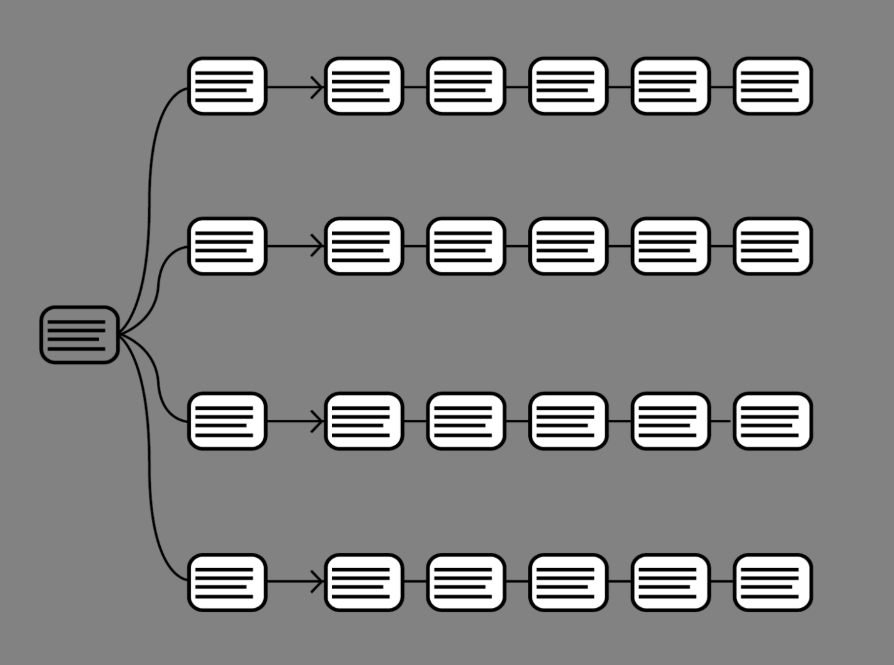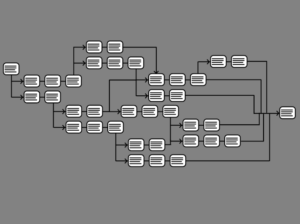The Digital Humanities and Poetry (Part III)

In the final installment to my three-part blog series on the digital humanities and poetry, I want to discuss text-based and visual storytelling projects and how you can get started creating them. The University of Southern California’s Sidney Harmon Academy for Polymathic Study in conjunction with the Alliance for Networking Visual Culture, IML, Vectors, and various scholars and departments across USC developed the free, born-digital, open source, multimedia self-publishing tool Scalar to change the way students and scholars publish and distribute their work as well as diversify the way in which people engage with text and media. A digital tool like Scalar could benefit poets that meet structural challenges when attempting to be published. When you write a book into Scalar all you need to share your work is a link. That’s it! Scalar also addresses interests in self and online publishing while simultaneously engaging with what many writers are already doing—creating new ways of navigating literature and art more broadly.
My favorite example of this is Chris Ware’s Building Stories which is a text that comes in a box. The box is full of object-like images that possess no dialogue as well as small flipbooks; all of these are based in various comic-book styles. Readers are given the freedom to navigate the materials as they wish, producing new meanings as they rummage through and critically engage with Chris Ware’s project. Other similar projects that explore multi-path storytelling and rhetoric are Ander Monson’s Vanishing Point project, and Amaranth Borsuk, Kate Durbin, and Ian Hatcher’s Abra, a living text. The bringing together of accessibility, multimedia, and new ways of exploring a story or collection of work helps us rethink pedagogical and rhetorical conventions and dogmas.
Scalar allows writers and poets alike to create online books that present video, images, and other forms of media alongside and/or through text. One could simply create hyperlinks to external pages in the text or place media directly into the Scalar book and annotate media as they see fit. One of the most interesting mechanics of Scalar to me is the ability to control how a reader navigates your book. Scalar uses the term “Path” to describe the route one takes when reading your work. A path connects pages in sequential order. When you create a path you give direction to your reader on where the next logical step may be in your book and they can follow along with the path you provide—you can also force readers down certain paths you create in your book and eliminate their freedom to move about your book as they please. Paths can fundamentally alter the way one reads and throws into question the form and logic of a book. Imagine holding a book in your hand and only being able to move through it one page at a time. A Scalar book can be architected in a way where this is the case, but there are no limits to the ways you could build your book and alter a reader’s experience. You may ask yourself, “Well, what’s the point of doing something like that?”—that point is up to the author. The point is in your creativity. It’s up to you to decide how you can marshal the mechanics of Scalar in order to produce an interesting and compelling project, whether its a critical work or creative one.

The best way to acquire a Scalar account is to go through https://scalar.me/anvc/contact/ where you can email them to gain access to a free Scalar account. If you’re affiliated with The Claremont Colleges you can access Scalar by emailing dhatcc@claremont.edu for access and make an appointment with one of the Digital Research Studio Fellows (such as myself) to learn the basics of the program. I must warn you, dear reader, that the learning curb is somewhat steep. However, the power and potential of Scalar can really set one apart from the pack. Whether that means applying to graduate school and wanting to provide a Scalar version of your writing sample to be more interesting, or if you’re a poet looking to digitally publish your next book or collection and you want to explore a multimedia approach then Scalar may be for you.
—Jamey Keeton
Share